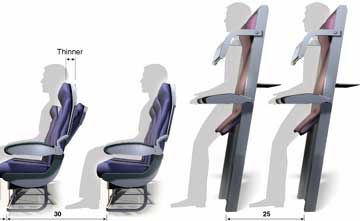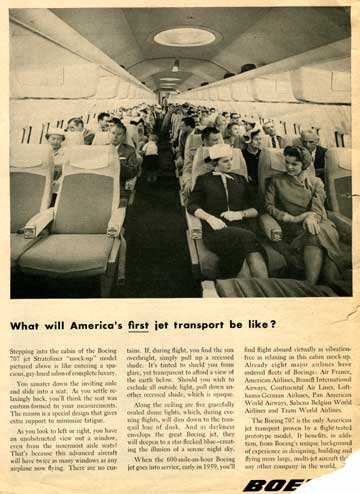As a follow-up to my previous gas prices post, let’s do some arithmetic with our visual aids. This chart :

Plus this chart :

Equals pandering :
Calling the oil issue a matter of national security, President Bush outlined a plan Tuesday to cut gasoline costs and temporarily stopped deposits to the U.S. Strategic Petroleum Reserve.
. . .
The plan calls for making sure consumers and taxpayers are treated fairly, promoting greater fuel efficiency, boosting the U.S. gasoline supply and investing aggressively in gasoline alternatives.Bush also has ordered a federal investigation into possible cheating, price gouging or illegal manipulation in the gasoline markets.
Bush said consumers must first be treated fairly at the gas pump.
“Americans understand by and large that the price of crude oil is going up and that [gas] prices are going up, but what they don’t want and will not accept is manipulation of the market,” Bush said. “And neither will I.”
The President has so little credibility on this issue that this is just laughable. Expecting oil-millionaire Bush to protect consumers is about as believable of O.J. Simpson’s promise to catch the “real killers”. The President is so untrustworthy on this issue that this whole gambit just makes him look foolish.
What makes Bush look even more foolish is the fact that his “bold” plan was announced at the convention for an ethanol lobbying group :

Next time, maybe you should announce your plans on more neutral ground, Mr. President. Then again, a big chunk of the speech is a love-letter to the ethanol industry anyways, including this hilarious line :
The way I like to put it would be — it’s a good thing when a president can sit there and say, “Gosh, we’ve got a lot of corn. And that means we’re less dependent on foreign sources of oil.”
Gosh, I’m sure it’s just a coincidence that agribusinesses giant Archer-Daniels Midland (whose Senior Vice President for Ethanol Sales & Marketing sits on the RFA’s board of directors) has given over $3 million dollars in political “donations” since 2000. I support biological alternatives to fossil fuels, but the idea that the President woke up one day and suddenly cared about energy independence is ludicrous. You’re thirty years late to this party, George, so it pretty clear that the only reason you’re showing up now is because somebody paid you to attend.





